Accelerating Innovation
Accelerating Innovation
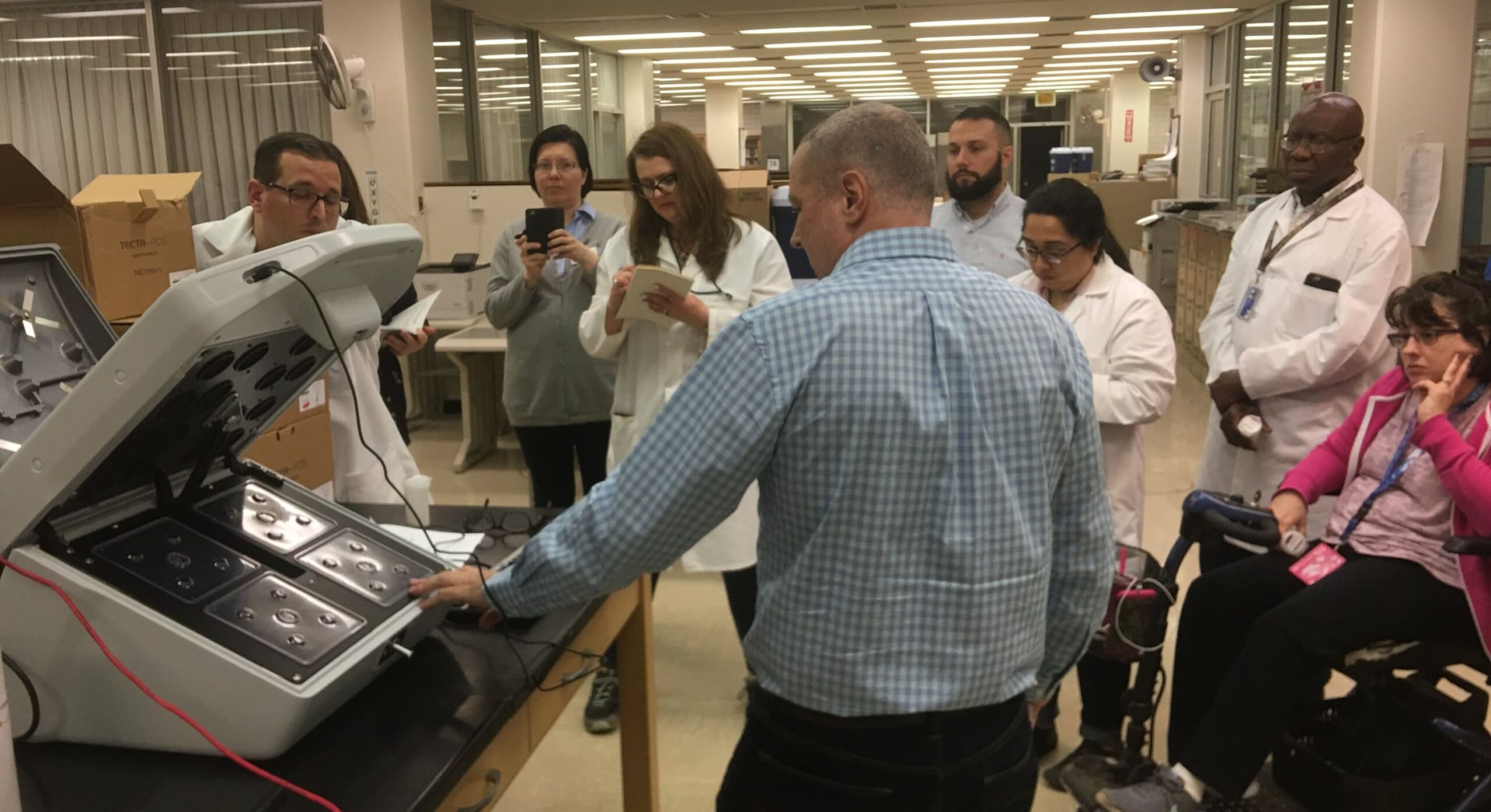
We’re more than a connector. We test new technologies and ideas to advance water innovation.
Learn more about our programs, partnerships, and progress.
H2NOW Chicago
H2NOW Chicago is a massive effort to build the first real-time water quality monitoring project in the U.S. that measures microbial pollutants in the Chicago River. This initiative requires collaboration among 20 partners, including the Metropolitan Water Reclamation District of Greater Chicago, the government body that oversees Chicago’s wastewater system. It is also supported by funding from The Chicago Community Trust’s Our Great Rivers program.
This path-breaking pilot project began with collaboration on the creation of a weather app for the River.
When the second phase went live in 2021, this pilot project streamed real-time data about fecal coliform levels at three locations in the Chicago River via a publicly accessible online data visualization platform.
H2NOW is advancing understanding of the factors influencing water quality as it relates to use of the river.
It shares the data with the public with the goal of improving their perception of the river, enabling informed decisions on how to interact with the river, and encouraging related activities and investment.
Another year-round probe was added in the Calumet River in 2023.
In 2022, Current was awarded the Chicago Innovation Award for its work on H2NOW Chicago. One of 21 winners, Current was honored with the Social Innovator Award.
Wastewater Surveillance
In early 2020, we developed and deployed COVID-19 wastewater surveillance in the City of Chicago, in partnership with the Chicago Department of Public Health, MWRD, Discovery Partners Institute, and University of Illinois Chicago.
Current prototyped a precision Wastewater-Based Epidemiology (WBE) integrated with public health planning and response and designed a full-scale operational implementation. This program includes sampling across each of the six Healthy Chicago Equity Zones.
Throughout 2022 and 2023, WBE testing was expanded to include influenza and RSV, and the program continues to to grow to include other public health biomarkers of interest in wastewater. Improved WBE capability enables the early identification and tracking of future disease outbreaks.
Illinois Nutrient Trading Initiative (INTI)
With funding from The McKnight Foundation, we partnered with the University of Chicago to explore a market-based approach to nutrient runoff reduction. Illinois is the largest state-contributor to the ever-growing hypoxic zone in the Gulf of Mexico. Toxic algal blooms are also becoming an increasing threat to the Great Lakes.
This pilot seeks to improve nutrient stewardship through the identification and testing of new technologies that are critical to launching a future nutrient trading market in Illinois. It builds upon already-completed research on environmental trading programs and market-based approaches to nutrient reduction, which found that nutrient trading could be a viable and successful approach in Illinois, if designed correctly.
New technologies such as remote sensing provide opportunities for better verification and lower monitoring costs. Current seeks to identify, analyze, and pilot these technologies to assess their applicability to market-based programs. Watch the two nutrient-themed Innovator Showcase events we hosted in 2020, here.
Wastewater Energy Recovery
Wastewater thermal energy is a huge, largely untapped, renewable resource that can replace traditional fuels and reduce carbon emissions.
For this project, our team is summarizing examples of sewage thermal energy use (STEU) and other emerging water-energy-waste technologies in decentralized and distributed applications, as well as identifying barriers and gaps to guide future research agendas in this important area of sustainability and resilience
Current is interviewing subject matter experts, practitioners, and technology providers, and conducting techno-economic analysis of selected technologies. One of the goals is to explore how water and wastewater utilities can benefit from supporting and investing into these types of wastewater-energy projects.

Program OVERVIEW
Driven by partnerships, Current’s programs fuel innovation by combining resources, expertise, and diverse perspectives. This accelerates development, reduces risk, and drives solutions that benefit all.
Innovative Water Technology Database (WTD): Current keeps track of innovative market-ready and emerging technologies in its Innovative Water Technology Database. The technologies are characterized by their function, type, applications, benefits, and the challenges they address. All Current’s partners have access to the database. Interested in having your technology become part of the WTD?
Technical Review and Analysis: The Current Demonstration program rigorously evaluates the scientific, engineering and economic fundamentals of new water technologies. Current assesses operational and financial performance to determine if technologies are likely to deliver expected value to investors and customers including utilities and industrial water users.
Pilot Testing and Demonstration: Current pilots promising technologies with sound engineering and economic fundamentals through our technology test-bed network. The network includes utility and industrial sites that host technology pilots and demonstrations, including the world’s largest water filtration plant and wastewater treatment plant, located in Chicago.
Demonstration Partners
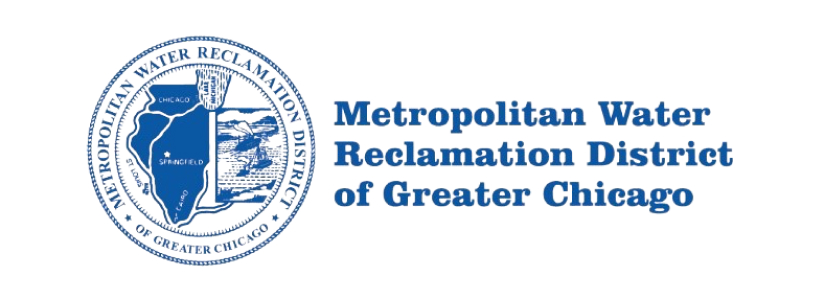
Metropolitan Water Reclamation District of Greater Chicago (MWRDGC)
The District owns and operates the world’s largest water reclamation plant (Stickney), six additional plants and 22 pumping stations. MWRDGC runs a biosolids program, supports green stormwater infrastructure, generates its own energy and recovers other organic resources.
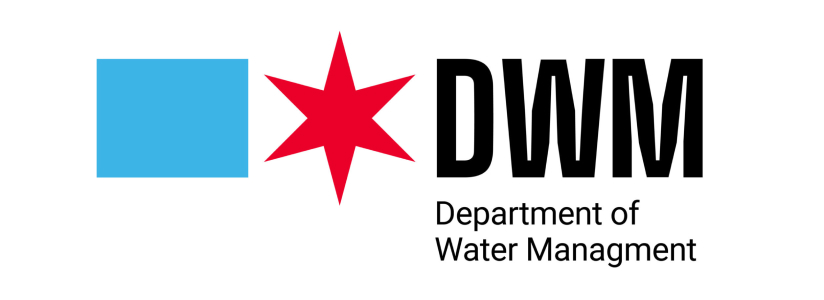
City of Chicago Department of Water Management
The City operates the world’s largest surface water treatment plant and purifies approximately a billion gallons of water per day. In addition to treatment needs, the City’s water distribution system and sewer collection system are also managed by the City’s Department of Water Management.
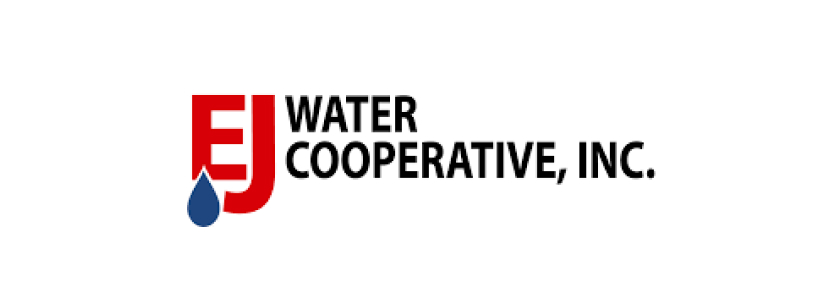
EJ Water Cooperative
EJ Water is a top innovating water co-op dedicated to customer experience and growing small communities. Founded in 1989, EJ Water is now the fastest growing regional water system in rural Illinois. Since its humble beginnings, EJ Water has grown into a 13-county regional system and has over 3,000 miles of main. Its service area is over 2,500 square miles, serving a population of over 60,000 people.
CURRENT RESEARCH PLATFORM
The Current Research Platform is a global center of excellence in water research and technology development comprising research from world-class universities and utilities and centralizes the latest research in water around the world in one place. Here, Current partners can find funding opportunities and researchers.
Visit the Current Research Platform here.
Research Consortium Member Institutions
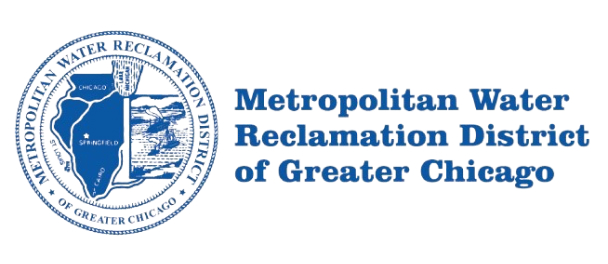
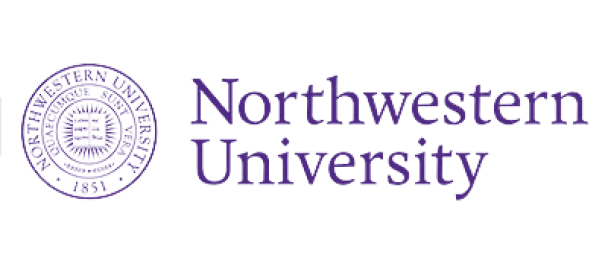
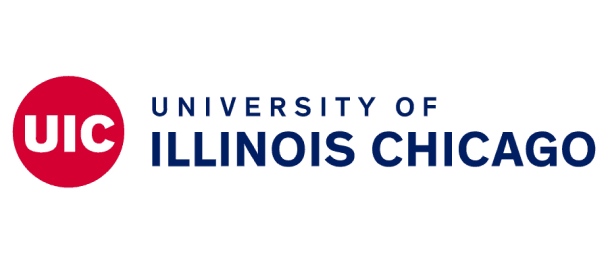
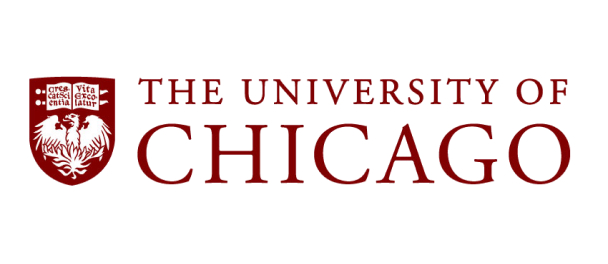
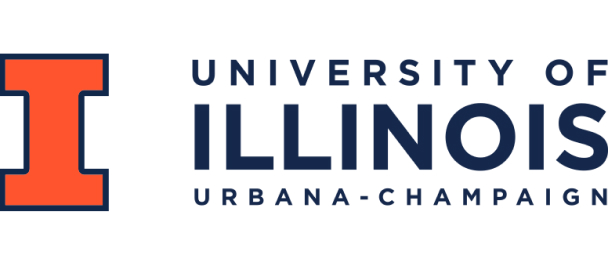

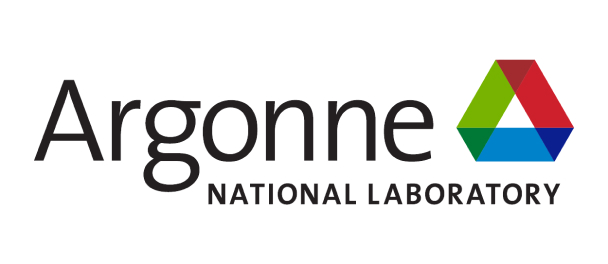
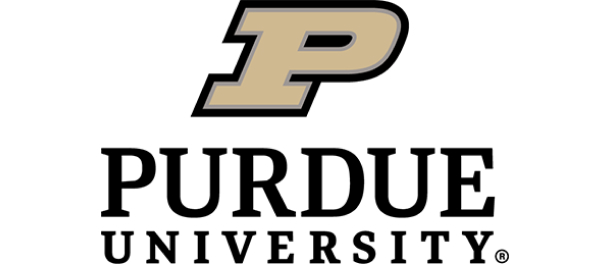

Scientific Leadership Committee

Dr. Brian Chaplin
University of Illinois at Chicago

Dr. Junhong Chen
University of Chicago

Randy Conner
City of Chicago Department of Water Management

Dr. Seth Darling
Argonne National Laboratory

Dr. Kuldip Kumar
Metropolitan Water Reclamation District

Dr. Linda Lee
Purdue University

Dr. Nancy Love
University of Michigan

Dr. Ashlynn Stillwell
University of Illinois at Urbana-Champaign

Dr. George Wells
Northwestern University

Dr. Daniel Zitomer
Marquette University
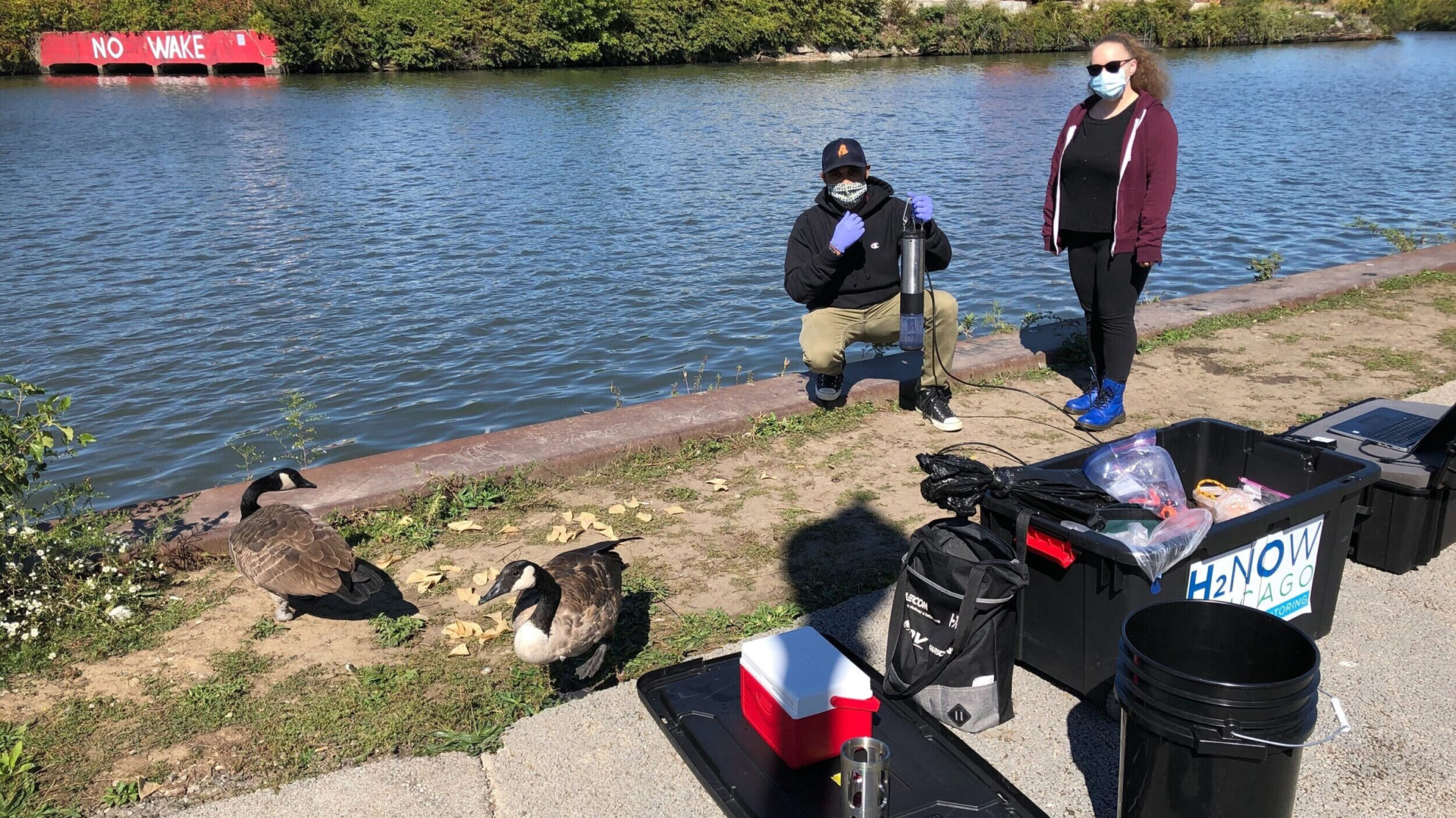
Case Studies
Case studies offer real-world examples of innovation in action, highlighting successful strategies and pitfalls to avoid, guiding future creative endeavors.
Bridging Water Infrastructure Monitoring Challenges with Tech Innovations: Current worked with SIGA to provide critical infrastructure monitoring technology for the Metropolitan Wastewater Reclamation District (MWRD) of Chicago. For Israel-based SIGA, this project was also a proof-of-concept under U.S. regulations.
Real-Time Water Quality Monitoring: Current worked with Proteus technology to launch the H2NOW platform. H2NOW uses Proteus multi-parameter water quality monitors with wireless telemetry systems to measure water quality parameters in the Chicago River and communicate them to the public in real time. Learn more about the water quality probes in Proteus Instruments’ case study.
IOSight: Learn more about the technology for data transmission and communications in IOSight’s case study.
Veracet: Current worked with Veracet to pilot their PhyloChip technology, identifying fecal bacteria and the contamination source (e.g., human, bird, dog, horse) in the Chicago River.